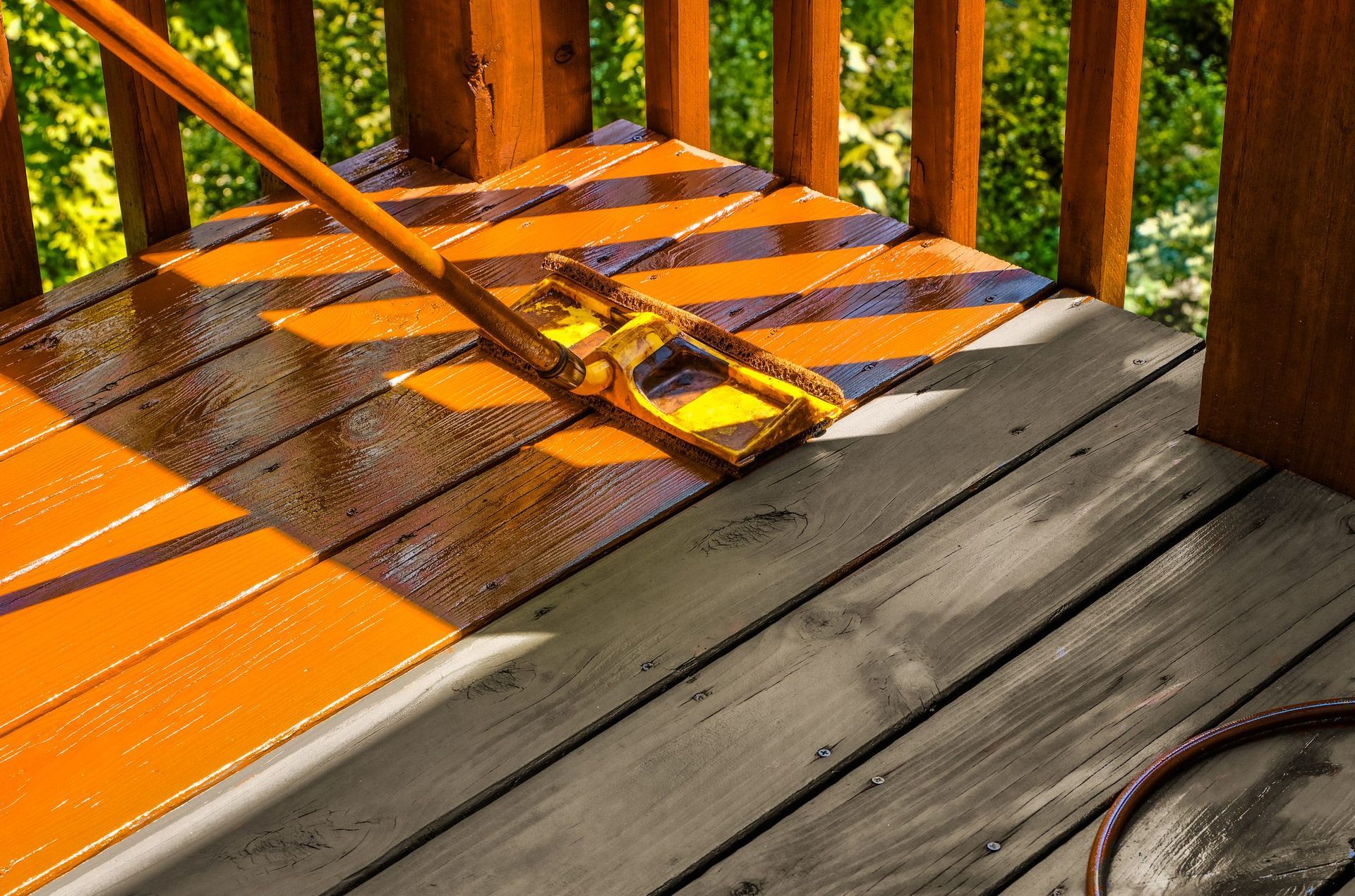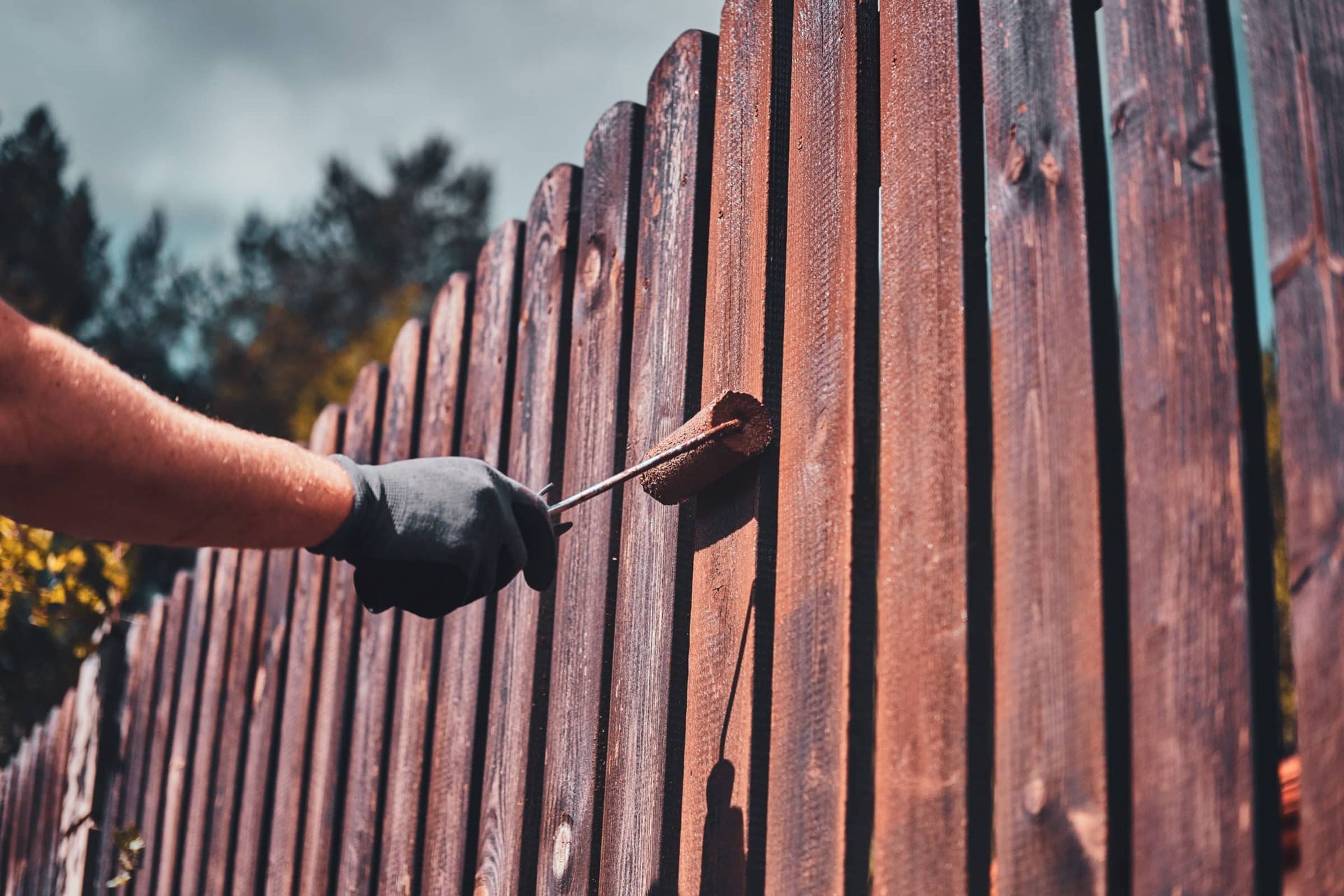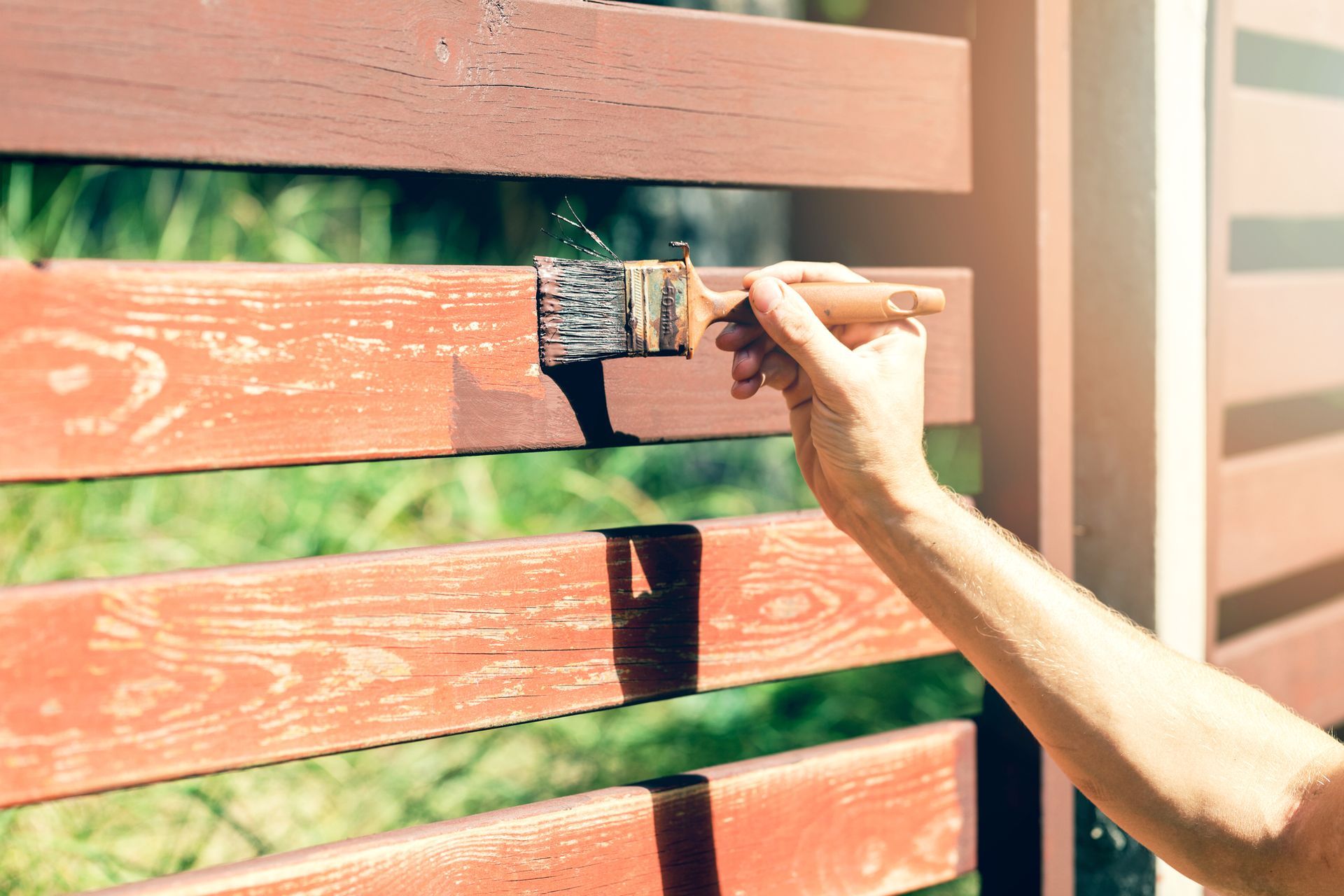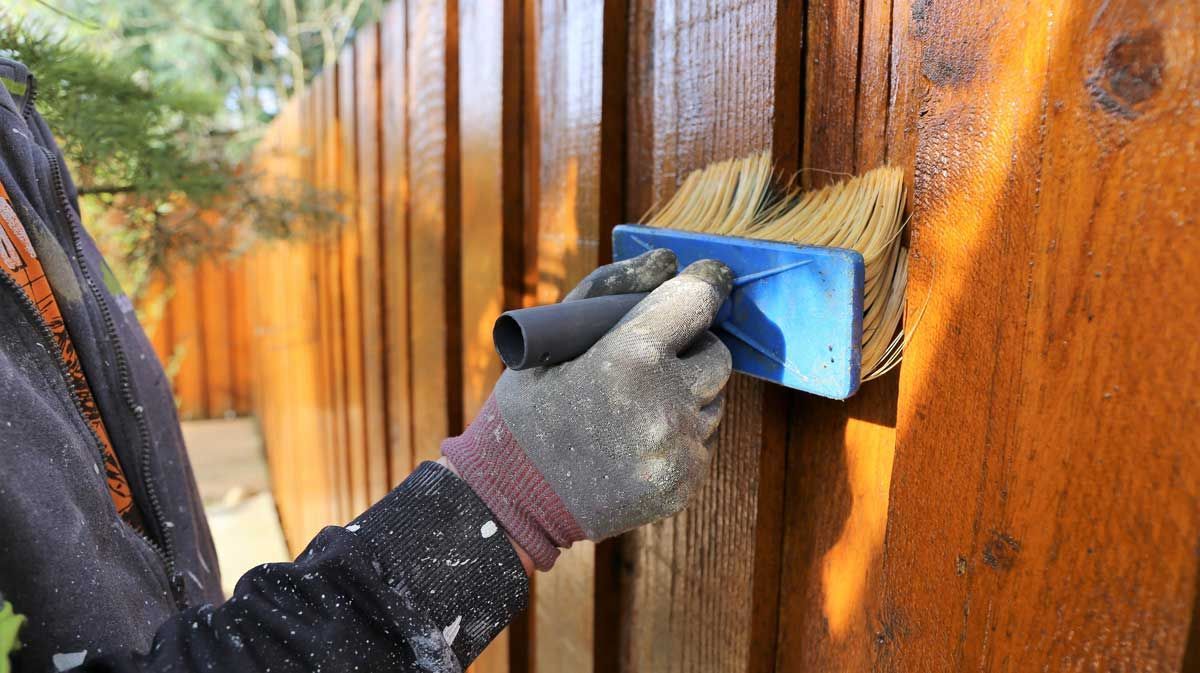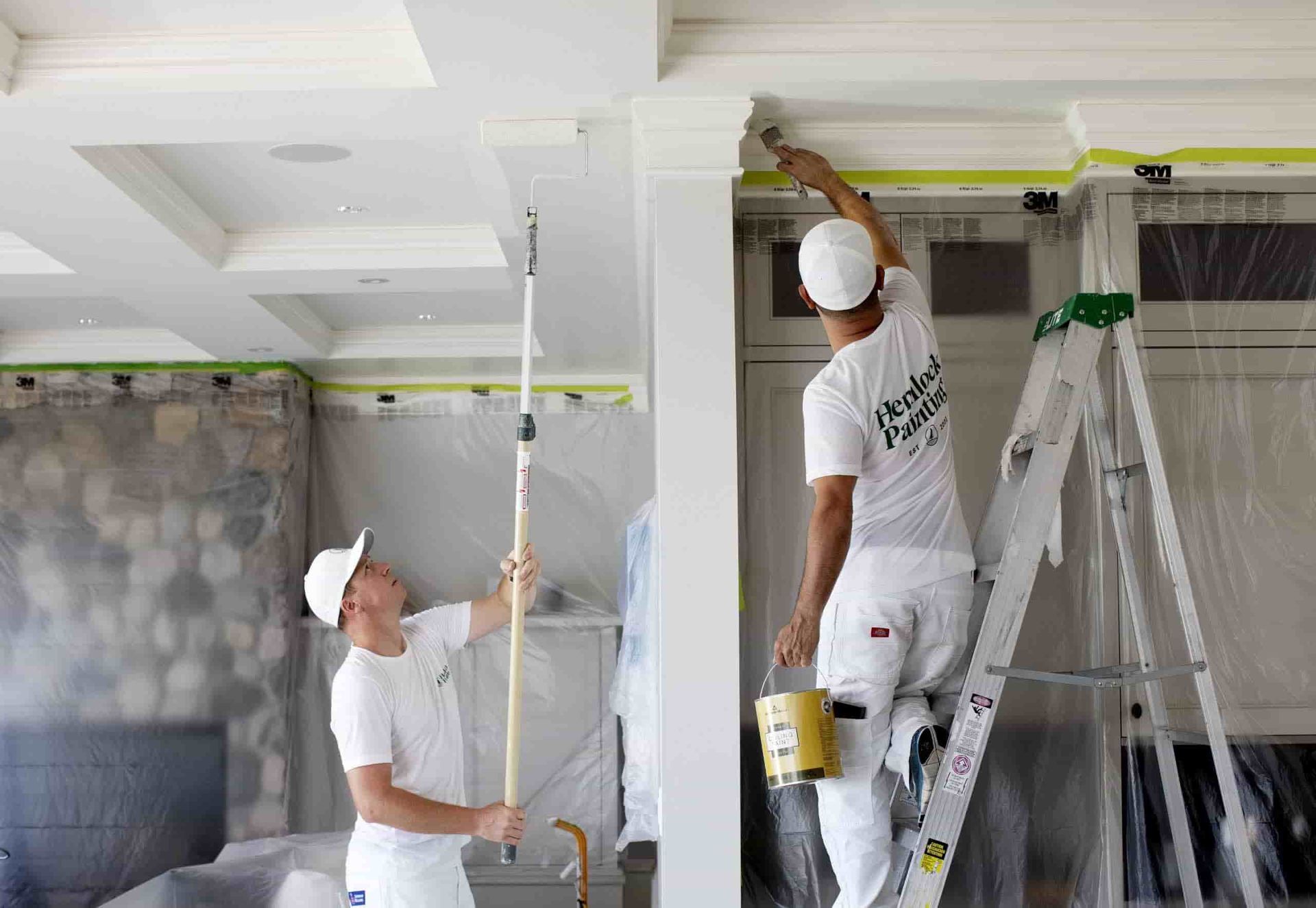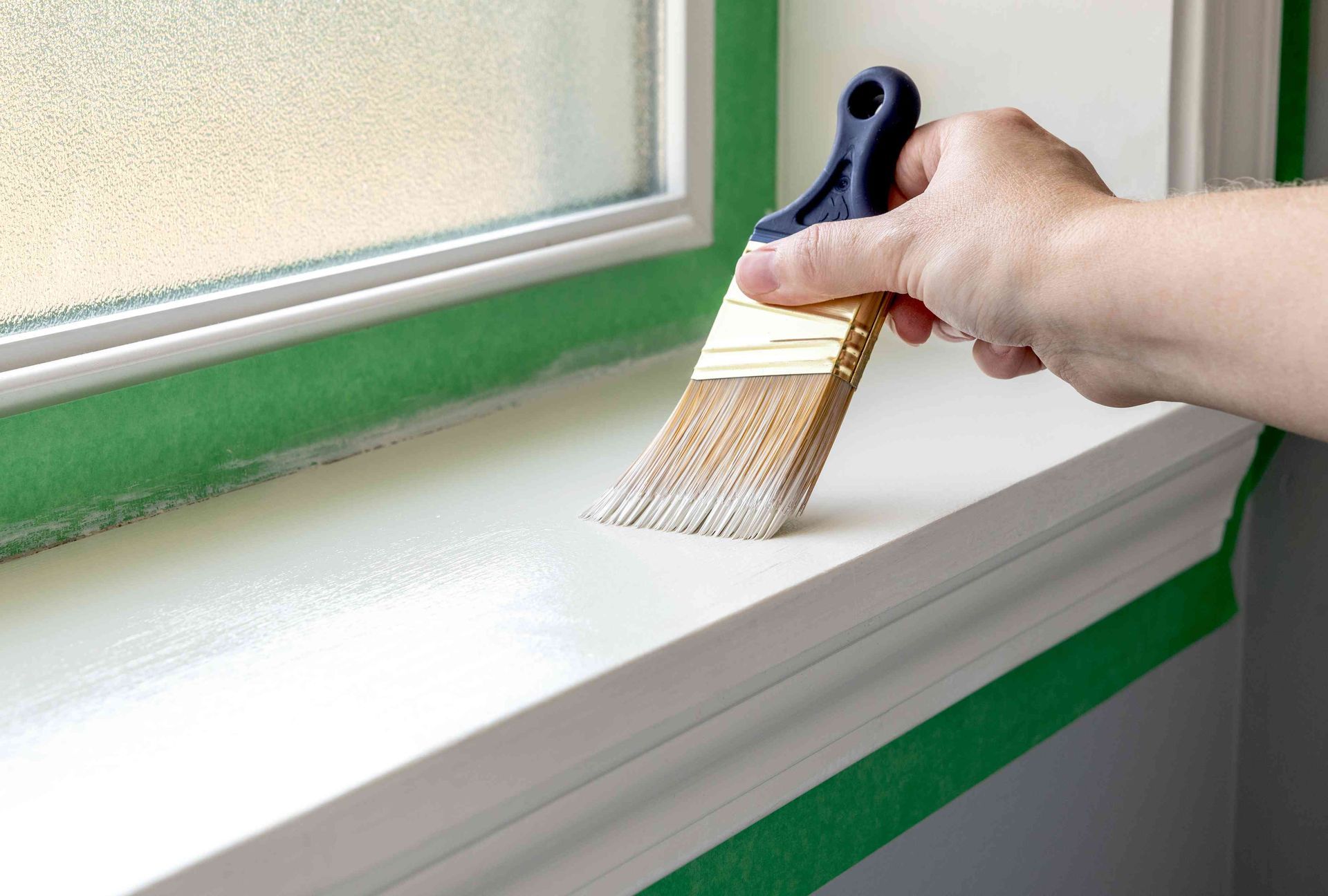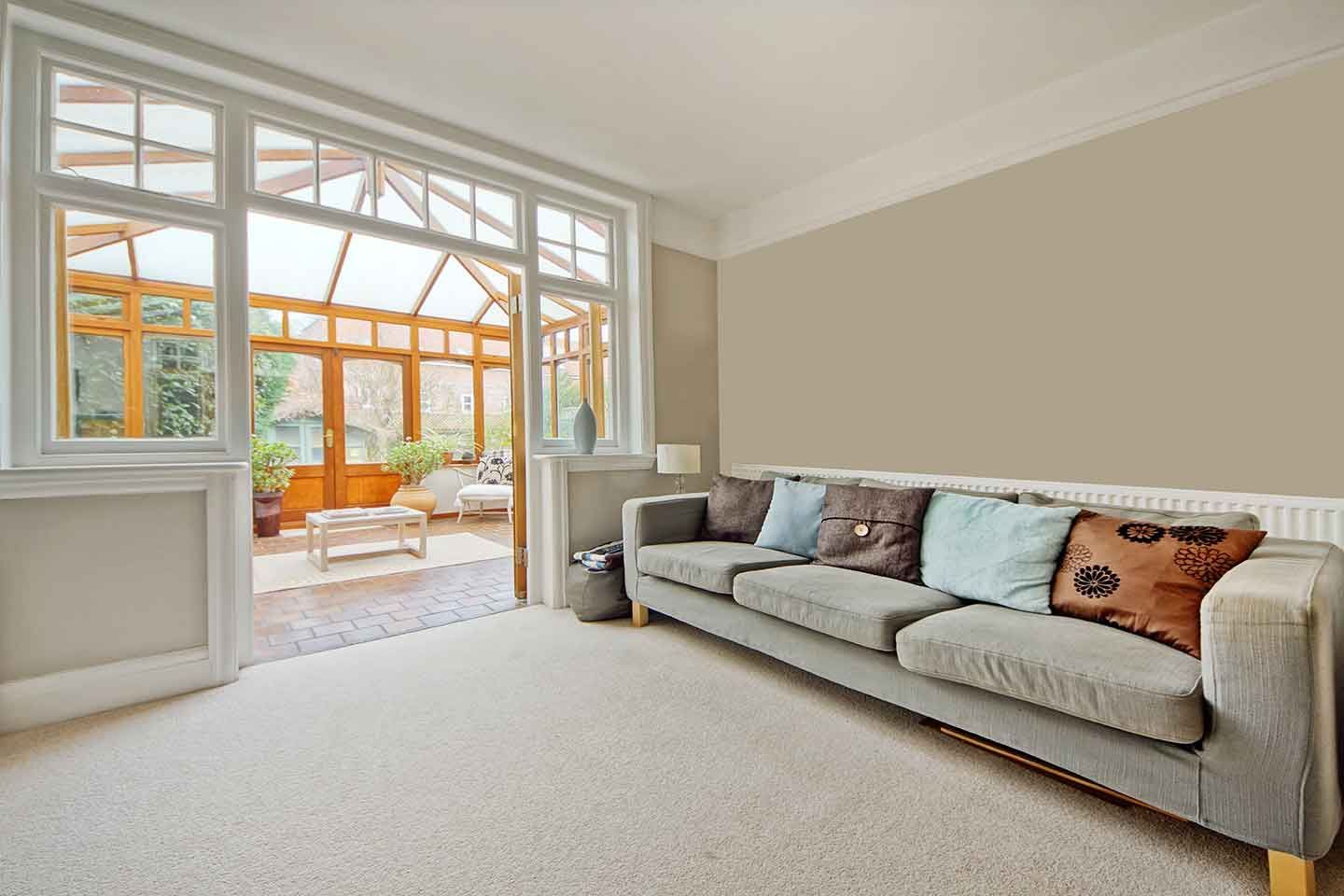A Complete Guide to Painting Baseboards: Tips and Techniques for Perfect Results
A Complete Guide to Painting Baseboards: Tips and Techniques for Perfect Results
Painting baseboards can dramatically enhance the overall look of a room, adding a clean and polished finish. This guide covers everything you need to know about baseboards painting, including the best paint for baseboards, the tools required, and the best way to paint baseboards for professional-looking results.
Why Painting Baseboards Matters
Baseboards often go unnoticed, but they play a significant role in tying a room together. Freshly painted baseboards can:
- Make a room appear cleaner and more finished.
- Provide a contrast to walls and floors for a designer touch.
- Protect the trim from wear and tear over time.
Whether you're remodeling or just refreshing your space, a simple coat of baseboard trim paint can work wonders.
Tools and Materials You’ll Need
Before diving into paint on baseboard, gather the following tools and supplies:
- Best Paint for Baseboards: Choose a high-quality, durable paint with a semi-gloss or satin finish. These finishes resist scuffs and are easy to clean.
- Painter's Tape: Ensures clean edges and protects walls and floors.
- Paintbrush: A 2-inch angled brush is ideal for cutting in along edges.
- Sandpaper: Use fine-grit sandpaper to smooth out imperfections.
- Primer: Essential for bare wood or previously unpainted baseboards.
- Drop Cloths: Protect flooring from spills and drips.
- Putty Knife and Wood Filler: For filling in dents or gaps.
- Clean Cloth and Mild Cleaner: To wipe down baseboards before painting.
Preparing Baseboards for Painting
Preparation is key to achieving a flawless finish. Follow these steps:
1. Clean the Baseboards
Dust and grime can prevent paint from adhering properly. Use a damp cloth and mild cleaner to remove dirt, ensuring the surface is completely dry before proceeding.
2. Repair and Sand
Inspect for dents, cracks, or gaps. Use wood filler to repair any imperfections, then sand the surface for smoothness. Sanding also helps the paint adhere better.
3. Tape Off Surrounding Areas
Use painter's tape to mask the edges of the wall and floor. Press down firmly to prevent paint bleed.
4. Apply Primer
If the baseboards are new, stained, or a dark color, applying a primer ensures an even finish and helps the topcoat adhere.
The Best Way to Paint Baseboards
Now that your baseboards are prepped, it’s time to paint! Follow these tips for a seamless application:
1. Choose the Right Paint
For baseboard trim paint, opt for a semi-gloss or satin finish. These finishes are not only aesthetically pleasing but also durable and easy to clean, making them perfect for high-traffic areas.
2. Use an Angled Brush
An angled brush provides better control and precision, especially for the edges. Dip the brush about halfway into the paint and remove excess paint to avoid drips.
3. Start with the Edges
Begin by painting along the top and bottom edges of the baseboards, where they meet the walls and floor. Work in small sections to ensure even coverage.
4. Paint the Flat Surface
Once the edges are complete, paint the flat surface of the baseboards using smooth, even strokes. Avoid overloading the brush to minimize streaks.
5. Allow Ample Drying Time
Let the first coat dry completely before applying a second coat. Most baseboards require at least two coats for full coverage.
Tips for Professional-Looking Results
- Work in Natural Light: Good lighting helps you spot missed areas or uneven application.
- Keep a Steady Hand: Use slow, steady strokes to maintain control.
- Remove Tape Carefully: Peel off painter’s tape while the paint is still slightly wet to avoid chipping.
- Inspect and Touch Up: Once the paint is dry, check for missed spots or imperfections and touch up as needed.
Common Mistakes to Avoid
- Skipping Sanding: Skipping this step can lead to a rough finish and poor adhesion.
- Using the Wrong Paint: Flat or matte paints are unsuitable for baseboards; always choose semi-gloss or satin finishes.
- Rushing Drying Time: Patience is key—allow adequate drying time between coats.
Maintaining Painted Baseboards
To keep your freshly painted baseboards looking new:
- Clean Regularly: Wipe down with a damp cloth to remove dust and dirt.
- Touch Up When Needed: Keep extra paint on hand for minor repairs.
- Protect Against Damage: Be cautious when vacuuming or moving furniture.
Conclusion
Painting baseboards is a cost-effective way to elevate your home’s interior. With the right tools, preparation, and technique, you can achieve professional-quality results. From selecting the best paint for baseboards to mastering the best way to paint baseboards, this guide ensures you’re equipped for success. Happy painting! If you need professional help, we are at your service, just
contact us.
Share This Blog

